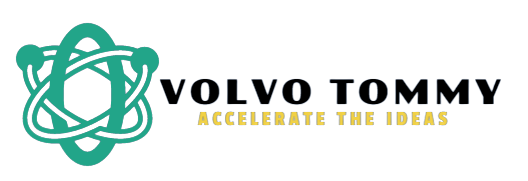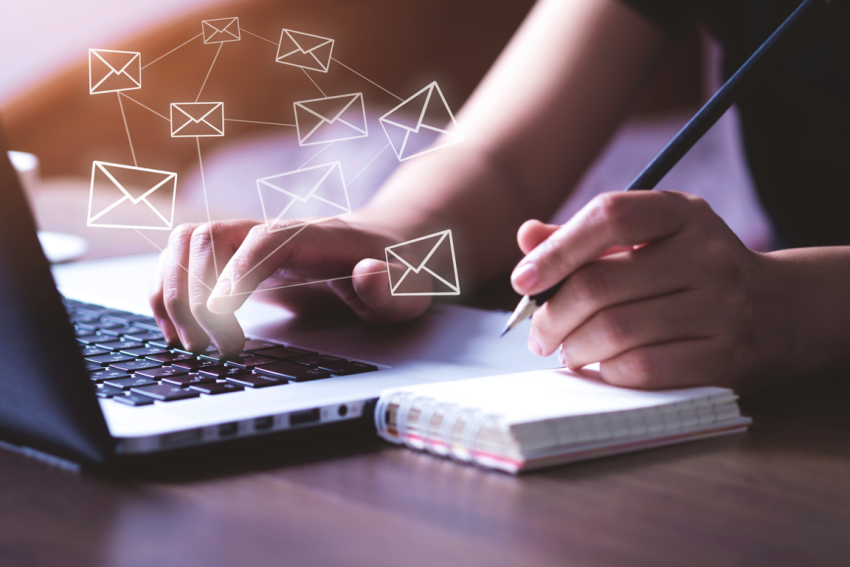Email has become an essential communication tool in both personal and professional settings. However, with the constant influx of emails, it can quickly become overwhelming and hinder productivity. Fortunately, there are various email organization tools and techniques that can help you master your inbox and improve your productivity.
The first step to mastering your email organization is to declutter your inbox. This means unsubscribing from unnecessary newsletters and promotional emails, as well as deleting old and irrelevant emails. You can also use the search function to filter out important emails or create folders for specific categories such as work, personal, or projects.
One of the most effective private label email organization tools is using filters or rules. These allow you to automatically sort incoming emails into designated folders based on certain criteria such as sender, subject line, or keywords. This not only saves time but also helps you stay organized by having a separate folder for each client or project.
Another useful technique is setting up a schedule for checking your emails. Constantly checking your inbox throughout the day can be distracting and disrupt workflow. Instead, allocate specific times during the day to go through your emails so that you can focus on other tasks without any interruptions.
Labels or tags are also helpful in organizing your inbox effectively. They allow you to categorize different types of emails for easy access later on. For example, you could label all urgent messages with “action needed” or “high priority” so that they stand out among other less important ones.
Creating templates is another way to save time when dealing with repetitive responses such as sending meeting requests or acknowledging receipt of an email. Creating a standard template for each scenario saves time and ensures consistency in communication.
Furthermore, utilizing keyboard shortcuts can significantly speed up email management tasks such as composing new messages or deleting unnecessary ones in bulk.
Managing multiple email accounts may seem daunting but using a unified mailbox tool can simplify this task by combining all accounts into one interface for easy access and organization.
To maintain a clutter-free inbox, it’s crucial to regularly archive old and resolved emails. This frees up space in your inbox and ensures that you only have relevant and current messages to prioritize.
In conclusion, mastering email organization is key to improving productivity. By decluttering your inbox, utilizing tools like filters and labels, setting a schedule for checking emails, creating templates, and using keyboard shortcuts, you can efficiently manage your emails without getting overwhelmed. With these techniques, you can streamline your email management process and focus on more important tasks with peace of mind knowing that all your messages are well-organized for easy access.

